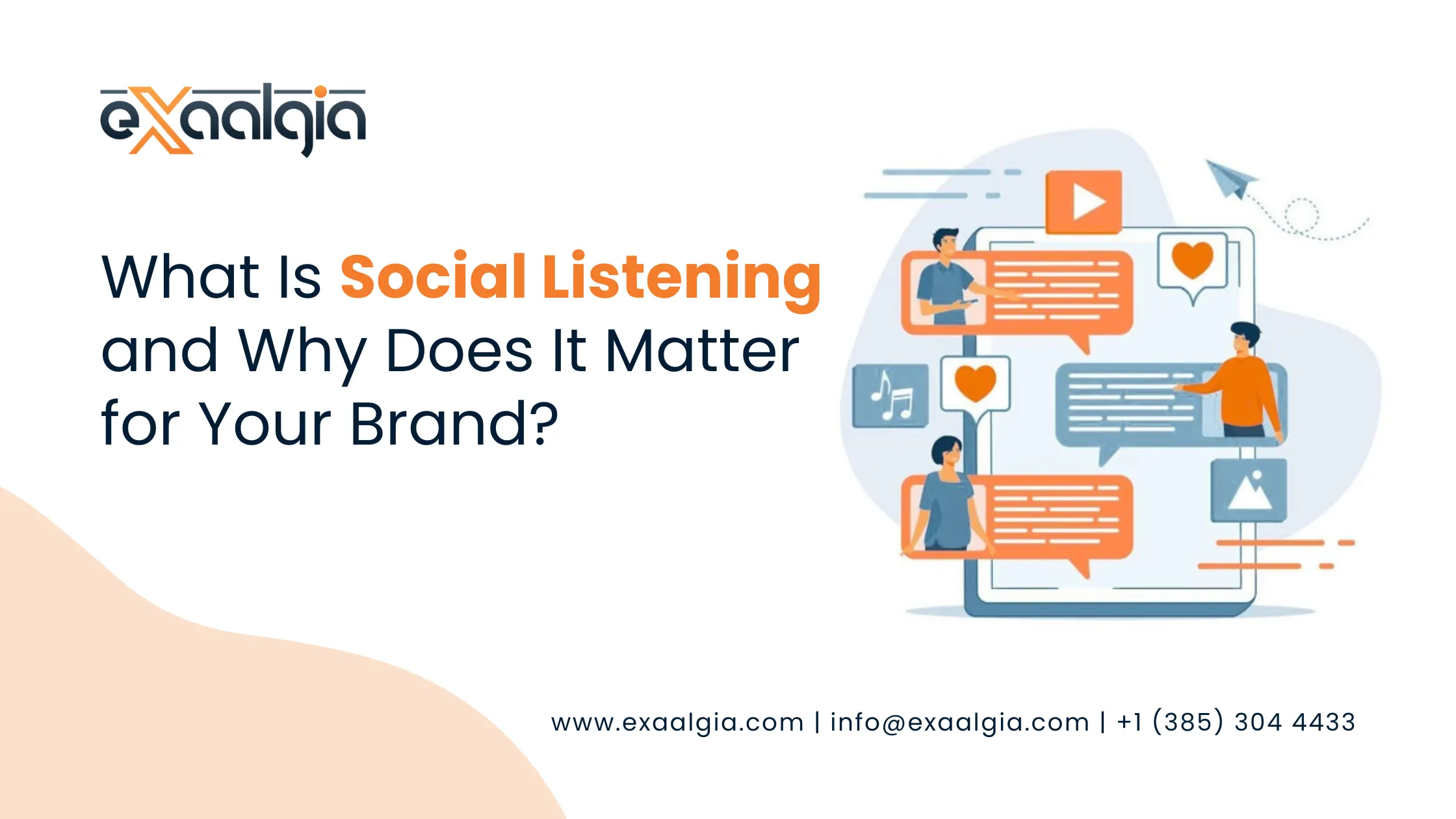Learn how to optimize your website for mobile with a few simple steps.
You might be aware of Google’s new policy called Mobile-First Indexing.
Mobile-first indexing means Google predominantly uses the mobile version of the content for indexing and ranking. (Source)
More and more internet users are using mobile devices in their day-to-day life. It’s easier and more effective. So optimizing your website for all mobile devices is a smart move.
Here are some of the tips on how to optimize your website for mobile –
Design for Mobile Use too
Start adopting the concept of mobile-first design. Other than the responsive web designs, below are the design elements you should implement in your mobile-first web designs.
Prioritization-Determining which elements are most important, such as a CTA button or content-box, etc.-, and how easily can customers can see them on a phone. Prioritizing these, you can create a responsive and strategic website.
Content & Color Second- Mobile screens are small and it makes it more challenging due to the different sizes of the devices.
Make sure that content is adjusted in such a way that it is easily readable and accessible to mobile devices.
A website’s color is an important factor that plays a role. Say your website color schema is too light or too dark it website text and other elements might not be visible.
So it is important to decide color schema too.
Easy Navigation– On a mobile device, always allow your users to click anywhere to return back to the home page. Experiment with Scroll-to-Top widgets!
Resources Optimization
Visual elements like images, icons, animations, illustrations, and videos are the biggest bandwidth consumers on web pages.
Resize your images to save more space by compressing or you can use WordPress image plugins.
There a new forms of image formats you can use such as WebP and AVIF.
Accelerated Mobile Pages (AMP)
AMP strips down your pages to bare essentials to provide a super-fast loading site experience, but also to make content readability a priority.
Accelerated is a bare-knuckle HTML page used by Web Development Companies for certain limitations of which kind of content can be displayed.
This leads to faster site loading times and overall performance.
Aim for Functionality
You want user to take action. For that functionality is important you want your visitors to get things done correctly and fast.
Based on the goal of your website, functions such as product search, customer reviews, pricing, or store loactors should be present in mobile in a such way that users find it with 1-2 clicks.
Avoid Flash or Java
Apple products do not support Flash and have stated that they have no intention to do so in the future.
Because iPhones make up over 60% of the smartphone market, if you use Flash a significant portion of your audience may not able to access your web content.
Similarly, many phones do not support Java and even if they do, using Java can be a huge factor in high load time.
So, if you are using Javascripts, use if stategically. You can also use React libraries.
Use Mobile Redirects
Once your site is designed and ready to go live, make sure to put redirects in place that will sniff out when a visitor is using a smartphone and direct them to the mobile-friendly version of your website.
Once your redirects are in place, a mobile user who types your web address on the search bar will be sent to the mobile-optimized version of your site.
If you still have question about mobile indexing then you can contact us or visit website design and development services.
Here are some more resources on Mobile SEO –







